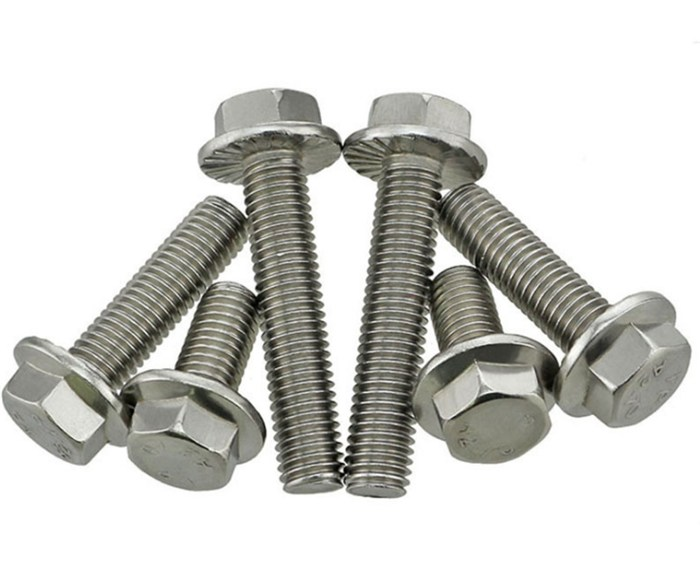Choose the right product to prevent stainless steel locking:
(1) Confirm whether the mechanical properties of the product can meet customer requirements, such as the tensile strength of bolts, the safe load of nuts, etc;
(2) On the premise of meeting the corrosion resistance requirements of the application environment, bolts and nuts of different material grades can be used, such as 304 bolts with 316 nuts;
(3) Nuts and bolts made of the same batch material should not be used together as much as possible;
(4) The length of the screw should be appropriate, generally based on exposing 1-2 teeth of the nut after tightening;
(5) It is recommended to use anti lock nuts in high-risk locking situations.
Proper use of stainless steel fasteners to reduce the occurrence of locking:
(1) The correct direction and angle of force application, when tightening, pay attention to the direction of force application coinciding with the screw axis and not tilting;
(2) Keep the threads clean and do not place them randomly. It is recommended to store them in a clean container;
(3) Apply even and appropriate force, do not exceed the safe torque when tightening screws, and apply even force. Try to use a torque wrench or socket in combination;
(4) Avoid locking too quickly and do not use electric or pneumatic wrenches;
(5) When used in high temperature conditions, it must be cooled and not rotated quickly to avoid temperature rise and lock up;
(6) Use washers/retaining rings to prevent over locking;
(7) Add lubricant before use to reduce friction and prevent locking;
(8) For large areas with multiple screws such as flanges, they can be slowly tightened in diagonal order to the appropriate tightness.
Note: If the product selection and operation are correct and the locking issue is not resolved, carbon steel nuts can be used for pre locking the flange device, and stainless steel nuts can be used for formal locking to find a balance between corrosion resistance and non locking.
Post time: Sep-25-2024





